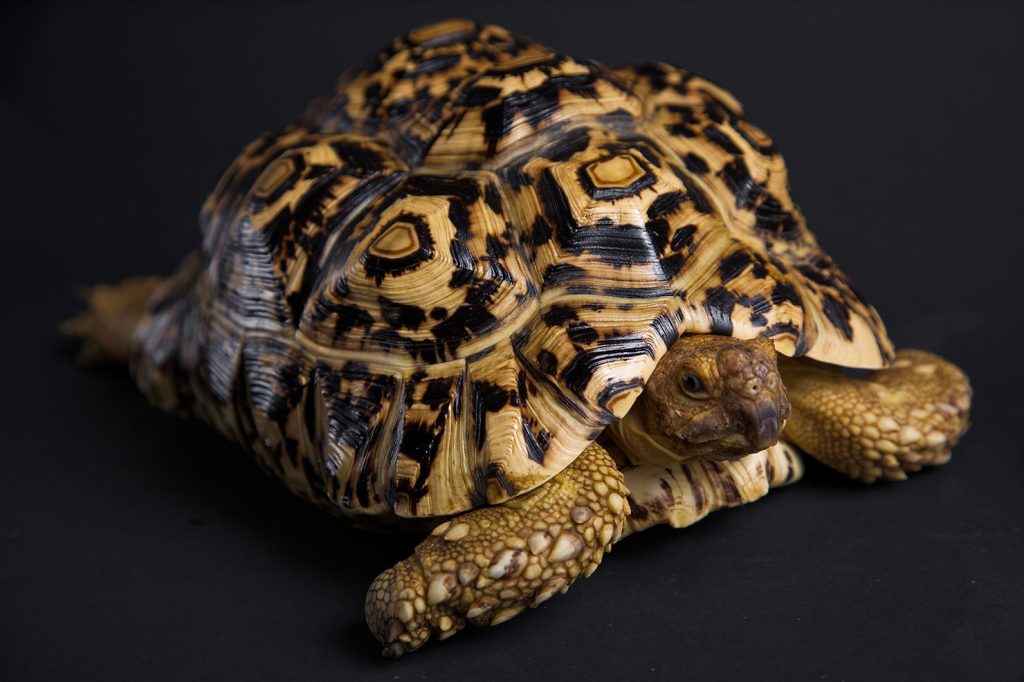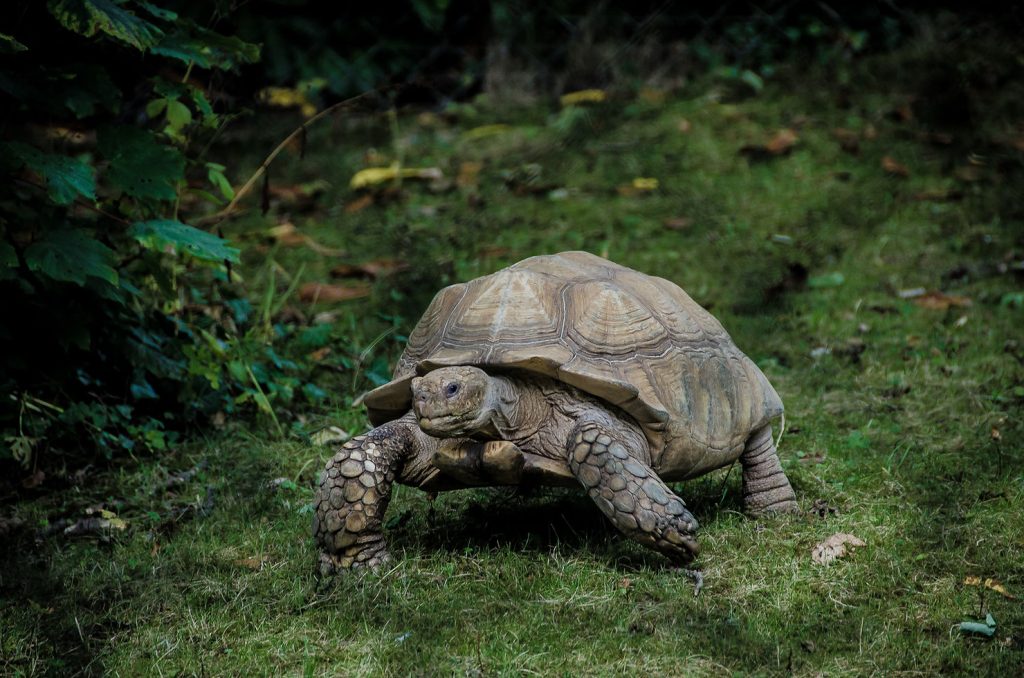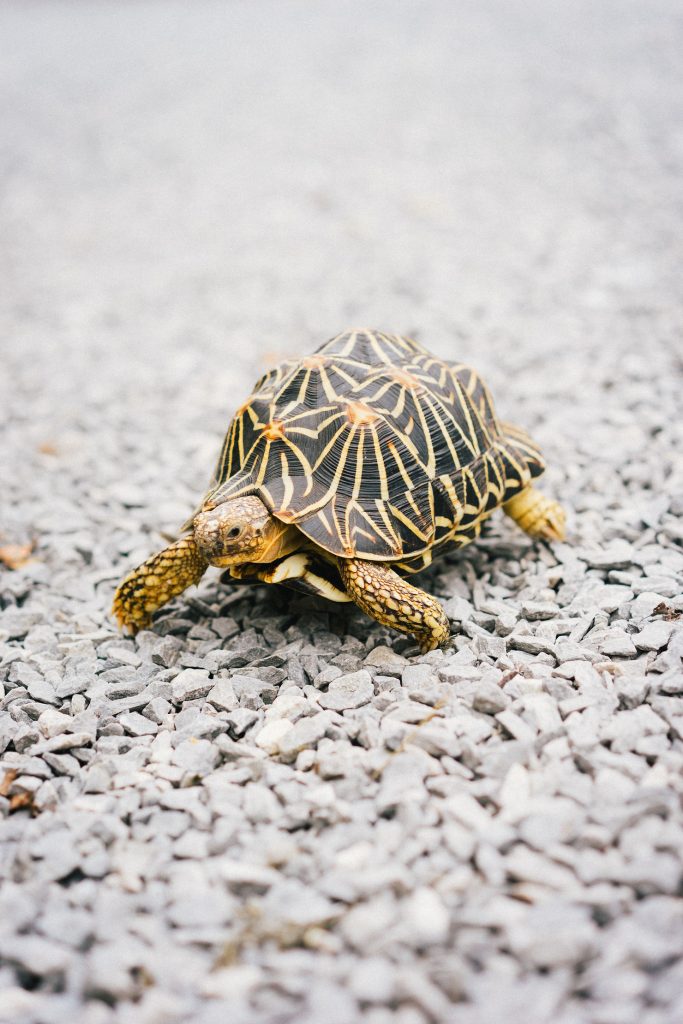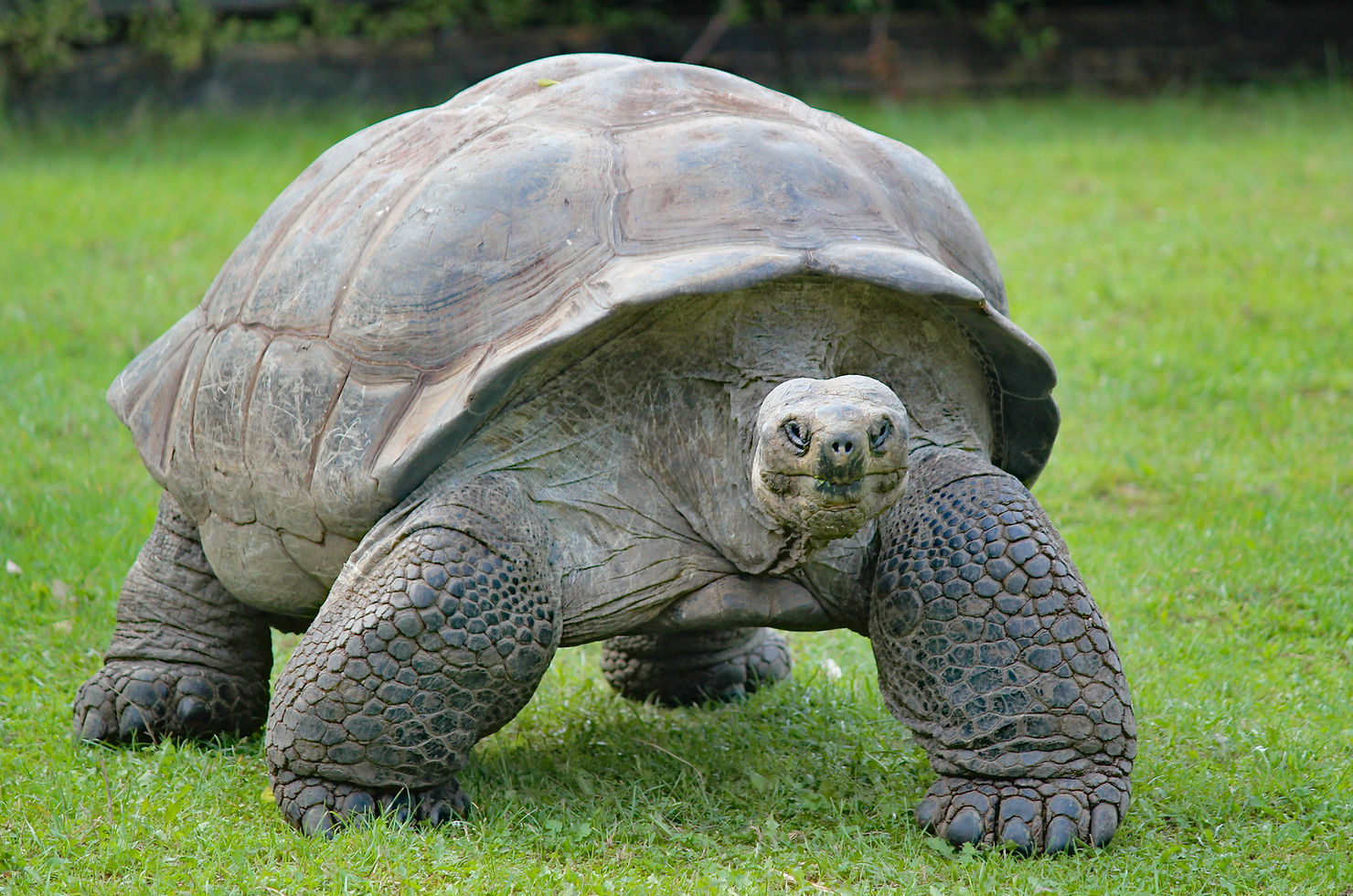Introduction: Why a Giant Tortoise Might Be the Most Unique Pet You’ll Ever Own
In a world filled with dogs, cats, and chirping birds, choosing a giant tortoise as a pet may seem… unexpected. Yet, more and more exotic animal lovers are discovering that these slow-moving reptiles are not only captivating but also deeply rewarding companions.
Tortoises don’t fetch balls or cuddle on the couch—but they exude a calm, ancient wisdom, live incredibly long lives (think 50 to 150 years!), and often develop quirky, lovable personalities.
Owning one is a unique joy—but also a significant responsibility, especially if life takes you abroad.
In this guide, we’ll walk you through everything you need to know about caring for a large tortoise at home—and how to relocate it internationally with confidence and compassion.

1. What Counts as a Large Tortoise?
When we talk about “large tortoises,” we’re referring to species that grow to over 40 pounds (18 kg), with some reaching over 100 pounds (45+ kg).
Common Large Tortoise Species:
- Sulcata Tortoise (African Spurred Tortoise): up to 150 lbs
- Aldabra Giant Tortoise: up to 550 lbs (second-largest in the world)
- Leopard Tortoise: up to 80 lbs, smaller but still sizable
- Red-Footed Tortoise: technically medium-sized but common in large-pet households
Each of these has distinct needs in terms of diet, climate, and habitat space.
2. Daily Care: What Tortoises Need to Thrive
While not demanding in the same way as mammals, tortoises have precise care requirements that must be met consistently for decades.
Housing
- Outdoor enclosures are ideal for Sulcatas and Aldabras in warm climates.
- Indoor housing must include:
- Large tortoise tables or dedicated reptile rooms
- High-output UVB lighting
- Basking spots (90–100°F)
- Substrate that retains humidity (e.g., coconut fiber)
Heating & Lighting
- UVB light is essential for calcium absorption and shell health.
- Ceramic heat emitters and thermostats maintain temperature.
- Day/night cycles must be mimicked indoors to prevent stress.
Diet
Tortoises are grazers, not salad eaters.
- Primary diet: Grass, hay, and leafy greens
- Supplements: Calcium + vitamin D3
- Occasional treats: Pumpkin, hibiscus flowers, cactus pads
- Avoid: Fruit (except for Red-Footed), spinach, and protein-rich foods
3. Behavior and Interaction: Not Just a Rock with Legs
Tortoises have:
- Distinct personalities (shy, curious, bulldozing)
- Strong homing instincts
- The ability to recognize caregivers
- Seasonal mood swings (especially during mating season)
They may follow you, come when called (for food), and learn routines. But they also require solitude and stable environments to feel secure.

4. Health and Veterinary Needs
Exotic animal vets are a must, especially for large tortoises. Common health issues include:
- Pyramiding (from poor humidity or diet)
- Respiratory infections
- Shell rot from damp conditions
- Impaction from eating foreign materials
Annual wellness exams and fecal testing help prevent major issues.
5. Legal Requirements: Is It Legal to Keep a Giant Tortoise?
Regulations vary by country and state. Always check:
- Local laws on exotic pet ownership
- Restrictions on Sulcata or Aldabra tortoises (some require permits)
- CITES status (Aldabras are Appendix II)—legal to own with documentation
In the U.S., many large tortoise species are legal but cannot be released into the wild due to their invasive potential.
6. Planning for the Long Haul: Tortoises Outlive Their Owners
- Sulcata and Aldabra tortoises can live 70–150 years.
- Estate planning is essential: name a successor caregiver.
- Include your tortoise in your will with care instructions and vet records.
This is not just a pet—it’s a legacy.
7. Preparing for International Tortoise Relocation
Step 1: Check the Laws
- Research destination country’s tortoise import regulations
- Consult USDA, USFWS, and APHIS for tortoise export USA rules
- Verify if the species is CITES-listed (Aldabras and some Leopard tortoises are)
Step 2: Obtain Permits
- CITES export/import permit
- Health certificate from an accredited exotic vet
- Airline-compliant live animal crate certification
This process may take 4–12 weeks, depending on destination and permit complexity.
8. Travel Day: How to Transport a Large Tortoise Safely
Transport Tips:
- Use a custom-built wooden crate with ventilation
- Pad bottom with moist hay or paper bedding
- Label crate with:
- Live Animal
- This Side Up
- Temperature requirements
- Include documentation in waterproof pouch attached to crate
During Flight:
- Only use airlines experienced in live reptile cargo
- Book climate-controlled cargo hold
- Avoid connecting flights in extremely hot or cold regions
Arrival:
- Arrange for immediate pickup
- Have the enclosure set up in advance
- Monitor hydration and stress levels for 72 hours
9. Common Challenges in International Tortoise Transport
- Permit delays
- Flight cancellations
- Improper handling by inexperienced freight staff
- Inadequate ventilation or temperature control
- Lack of destination quarantine planning
This is why working with a specialized team is essential.
10. Why Transcon Pet Movers is the Gold Standard in Tortoise Relocation
At Transcon Pet, we’ve relocated tortoises across oceans and continents with precision, compassion, and regulatory expertise. We understand that you’re not just moving an animal—you’re moving a member of your family with very specific environmental needs.
Our Services Include:
- Custom crate design for large tortoises
- CITES and USDA permit coordination
- Door-to-door temperature-controlled transport
- Pre-travel vet support
- Import/export consultation for over 100 countries
- Real-time updates and emergency contingency plans
Whether you’re relocating a Sulcata from California to Germany, or an Aldabra from the U.S. to a conservation sanctuary in Australia, we ensure a stress-free process.
Keywords naturally included:
- tortoise relocation
- tortoise export USA
- tortoise import USA
- international tortoise shipping
- reptile transport

Final Thoughts: Is a Giant Tortoise Right for You?
These animals aren’t for everyone. They require space, planning, and often, legal paperwork. But for those willing to go the distance, a large tortoise offers unmatched companionship, quiet beauty, and the grounding presence of an animal that has roamed the Earth for millions of years.
And if your journey eventually takes you abroad, Transcon Pet Movers is here to help you and your tortoise reach your next destination—safely, legally, and with all the care it deserves.
Contact us today to learn more about our services for international tortoise relocation and reptile transport.

